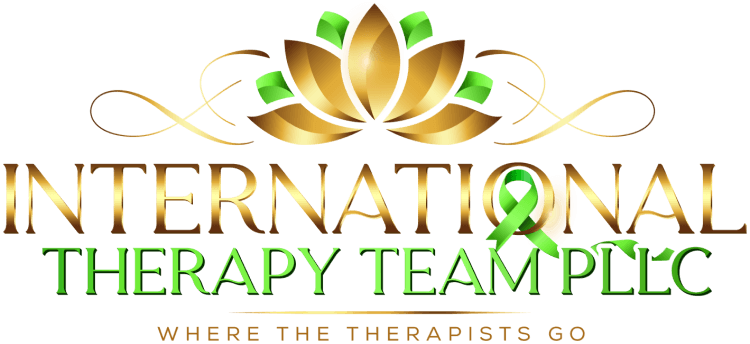In today’s fast-paced world, finding emotional balance can often feel like an elusive goal. Dialectical Behavior Therapy (DBT) offers a pathway to understanding and managing emotions effectively. This blog post will guide you through the key components of DBT, making this therapeutic approach accessible and relatable.
What is DBT Therapy?
Dialectical Behavior Therapy (DBT) is a type of cognitive-behavioral therapy originally developed to treat borderline personality disorder. Over time, DBT has evolved to help a wide range of people dealing with intense emotions, self-destructive behaviors, or relationship challenges. Its core focus is on teaching skills to manage emotions, cope with stress, and improve relationships.
The power of DBT lies in its ability to provide practical strategies for complex emotional challenges. Unlike traditional therapies that might focus solely on thought patterns, DBT integrates acceptance with change. This unique combination helps individuals find balance without invalidating their emotions, encouraging growth and adaptation. This therapeutic model has been shown to be effective not only for borderline personality disorder but also for depression, anxiety, and substance abuse disorders, among others.
The Four Core Components of DBT
DBT therapy is structured around four main components: mindfulness, distress tolerance, emotion regulation, and interpersonal effectiveness. Each plays a vital role in helping individuals achieve emotional stability and improve their quality of life.
These components work in harmony to help individuals navigate the complexities of their emotional worlds. For instance, mindfulness helps in understanding the ‘now’ without getting overwhelmed by the past or future, while distress tolerance provides tools to cope with life’s inevitable stressors. Emotion regulation empowers individuals to manage their internal experiences with more ease, and interpersonal effectiveness enhances the quality of interactions with others. Together, these skills hone the inner ability to live more mindfully and warmly.
Among the most remarkable features of DBT is its adaptability. Whether you’re struggling with interpersonal issues or intense emotions, the principles of DBT can be tailored to fit your specific needs. Sessions often involve individual therapy, group skills training, and phone coaching, enabling continuous support and learning.
Mindfulness: Staying Present
Mindfulness, the practice of staying present and fully engaged in the moment, is a cornerstone of DBT. By cultivating awareness, individuals learn to observe their thoughts and feelings without judgment, which can significantly reduce emotional reactivity.
One of the transformative aspects of mindfulness within DBT is its ability to break the cycle of automatic responses. By practicing mindfulness, individuals become aware of the present moment, creating a space between stimulus and response. This awareness provides an opportunity for choice, allowing for more intentional and thoughtful reactions, leading to a deeper sense of calm and clarity.
Distress Tolerance: Navigating Emotional Turmoil
Distress tolerance skills provide individuals with tools to withstand and manage intense emotions without resorting to impulsive actions. Techniques like distraction, self-soothing, and radical acceptance help foster resilience in the face of emotional distress.
The concept of ‘radical acceptance’ is particularly potent. It involves acknowledging reality as it is, rather than how one wants it to be. This acceptance doesn’t mean approval, but rather a recognition of circumstances, which can reduce suffering and allow clearer focus on problem-solving and coping. These skills combined fortify emotional resilience, encouraging individuals to navigate life’s challenges with a greater sense of stability and peace.
Emotion Regulation: Mastering Your Emotions
Emotion regulation techniques are designed to help individuals understand and manage their feelings. By learning how to identify and label emotions, reduce emotional vulnerability, and increase positive emotions, people can achieve a more balanced emotional state.
An essential strategy within emotion regulation is the cultivation of positive emotions. By actively engaging in activities that foster enjoyment, individuals not only enhance their emotional resilience but also reduce negative emotional experiences. Finding balance often involves modifying the body’s chemistry through holistic practices like nutrition, exercise, and adequate sleep, which collectively contribute to a more grounded emotional experience.
Interpersonal Effectiveness: Building Healthy Relationships
Interpersonal effectiveness involves skills that improve communication and relationships. By setting boundaries, asserting needs, and maintaining self-respect, individuals can nurture more satisfying and supportive relationships.
Effective communication is a skill that can transform relationships. In DBT, strategies such as DEAR MAN, GIVE, and FAST are taught to help individuals articulate their desires clearly while respecting others’ needs. Such techniques not only improve interpersonal interactions but also build self-confidence and foster mutual respect. This empowers individuals to navigate social situations more effectively, ultimately leading to healthier, more fulfilling relationships.
Embrace Emotional Harmony with DBT Therapy
DBT therapy empowers individuals to achieve emotional balance by equipping them with practical skills and a deeper understanding of their emotional experiences. Whether you’re considering DBT for yourself or someone else, embracing these techniques can lead to a more mindful and harmonious life.





